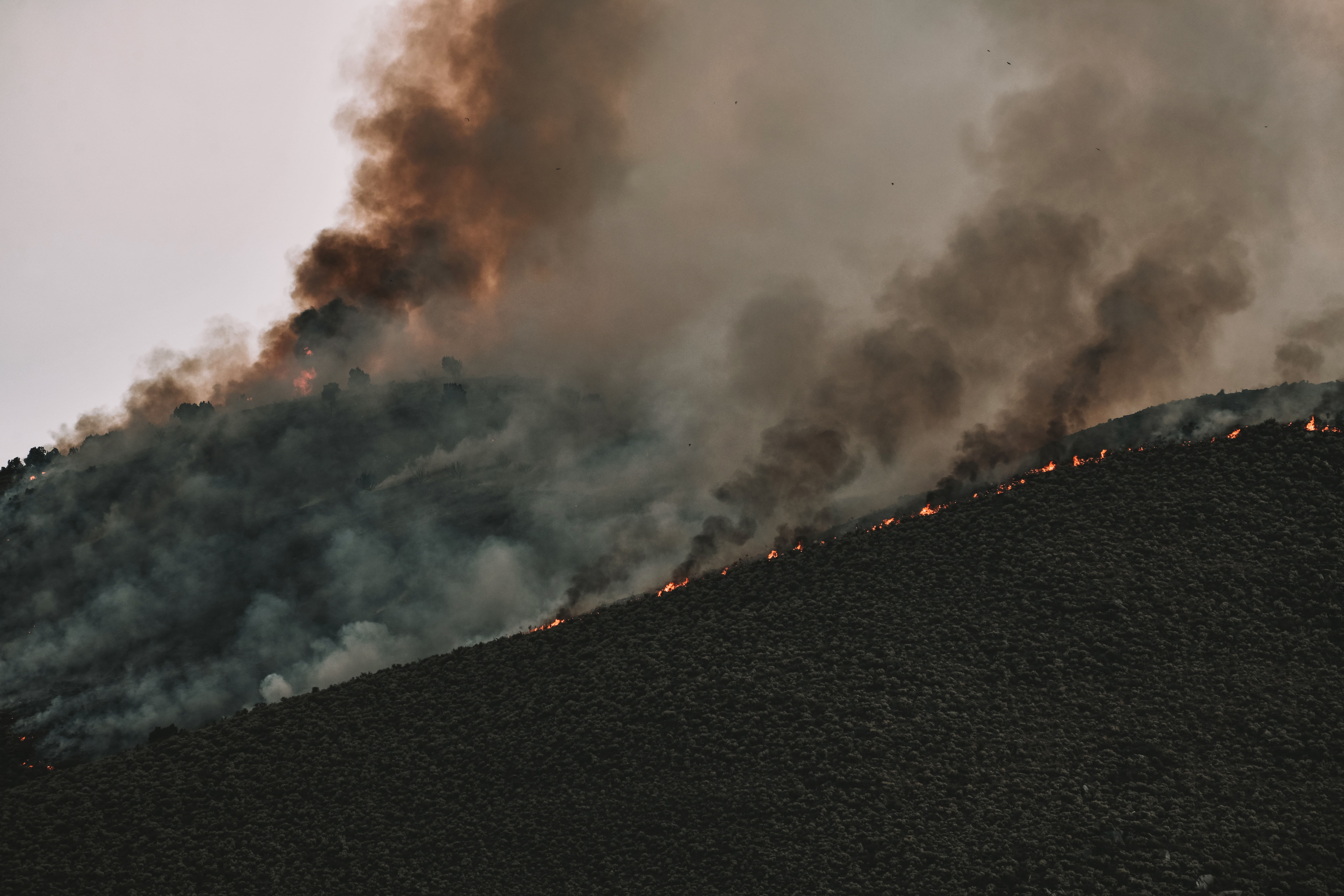The Impact of Climate Change on Wildlife and Conservation Strategies

Climate change is one of the most pressing challenges of our time, and its effects are reverberating throughout the natural world. Wildlife is particularly vulnerable to the impacts of climate change, as it disrupts ecosystems, alters habitats, and affects species’ behavior and survival. In this blog, we will explore the profound impact of climate change on wildlife and discuss conservation strategies to mitigate its effects.
Habitat Loss and Fragmentation
Climate change contributes to habitat loss and fragmentation, as rising temperatures and changing precipitation patterns alter vegetation distribution. This disrupts the delicate balance of ecosystems, rendering habitats unsuitable for many species. Biodiversity is threatened as endangered species face the loss of their homes and struggle to find suitable places to survive. Conservation efforts must focus on protecting and restoring habitats to provide refuge for wildlife and facilitate their adaptation to changing environmental conditions. Habitat restoration plays a crucial role in maintaining the delicate web of life.
Shifting Species Ranges and Phenology
As temperatures change, many species are forced to shift their geographic ranges in search of suitable climates. This can result in altered species assemblages and ecological interactions. The International Union for Conservation of Nature plays a vital role in monitoring and understanding these shifts. Conservation strategies need to consider the potential range shifts of species and promote connectivity between habitats to facilitate their movement and adaptation. Wildlife corridors serve as lifelines, allowing species to migrate and disperse to new areas.
Altered Migration Patterns
Climate change also affects the timing and routes of migratory species. Changes in temperature and food availability can disrupt migration patterns, jeopardizing the survival of species that rely on these journeys. Protected areas, such as national parks and wildlife sanctuaries, play a crucial role in preserving critical stopover sites. Conservation efforts should focus on protecting these areas, restoring habitats along migration routes, and implementing measures to minimize additional stressors during migration. Conservation genetics can help understand the genetic diversity and connectivity of populations along migration routes.
Increased Vulnerability to Extinction
Climate change exacerbates existing threats and increases the vulnerability of many species to extinction. The loss of biodiversity due to poaching and wildlife trafficking is further compounded by the challenges posed by climate change. The combined effects of habitat loss, altered ecosystems, increased disease prevalence, and disrupted ecological interactions create a challenging scenario for wildlife survival. Conservation strategies need to prioritize the protection of endangered species, implement captive breeding programs, and establish genetic reserves to ensure their long-term survival. Wildlife rehabilitation centers are crucial in providing care and support for injured or orphaned animals affected by climate change.
Climate-Smart Conservation
To effectively address the impacts of climate change on wildlife, conservation strategies must incorporate climate-smart approaches. This includes integrating climate change considerations into protected area planning, implementing ecosystem-based adaptation strategies, and promoting landscape-scale conservation efforts. Ecosystem services, such as carbon sequestration and water purification, are essential for the well-being of both wildlife and human communities. Embracing sustainable practices that reduce greenhouse gas emissions and advocating for policies that mitigate climate change are also essential components of climate-smart conservation. Ecotourism can serve as a sustainable economic alternative that supports conservation efforts while providing livelihoods for local communities.
Conclusion
Climate change poses significant challenges to wildlife conservation, threatening species and ecosystems worldwide. By recognizing the impacts of climate change on wildlife and implementing adaptive and proactive conservation strategies, we can work towards mitigating its effects. Protecting habitats, promoting connectivity, and fostering sustainable practices are key to ensuring the resilience and survival of wildlife in a changing climate. Invasive species management is also important to prevent further disruptions to ecosystems. Together, we can make a difference and secure a future where wildlife thrives alongside a stable and sustainable environment.

